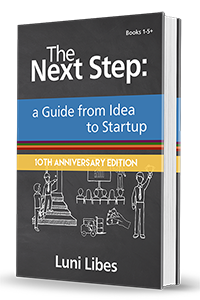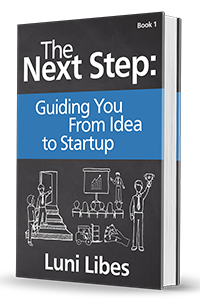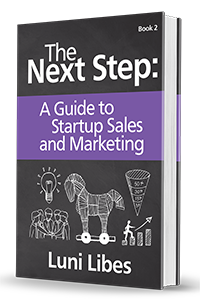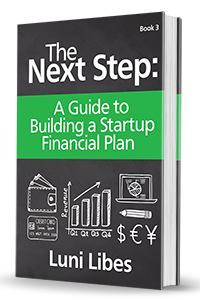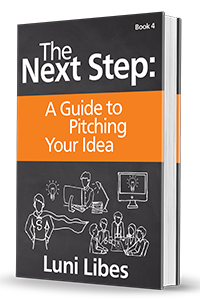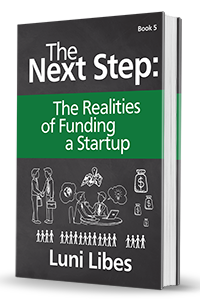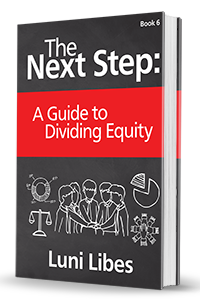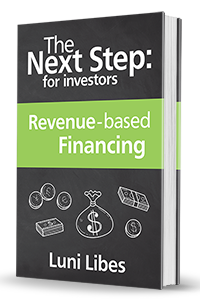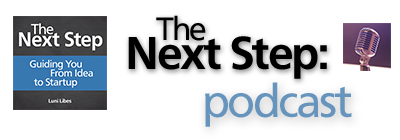Would you like a t-shirt or a tote bag?
A new method of funding startups is crowdfunding. The term crowdfunding covers a wide variety of funding options, from donations and pre-sales to new legal ways of avoiding accreditation.
No matter the form, the common feature of crowdfunding is aggregating small amounts of money from a relatively large number of people to raise the necessary funding.
Donations
As of early 2016, the most popular means of crowdfunding takes the form of donations. Companies (or sometimes individuals) create an online crowdfunding “campaign” on a website devoted to such campaigns. Individuals can choose to donate money to these campaigns in return for a thank-you note, a T-shirt, some other token of appreciation, or, in the case of the most successful campaigns, an early copy of the product (or service) that is featured in the campaign.
For example, one company I was mentoring needed $20,000 to launch a prototype of their unique neighborhood grocery story. They launched a campaign on a popular donation-based website and, in thirty days, raised $22,000, with donors receiving thank-you cards and tote bags. This campaign was very reminiscent of the nonprofit fundraising efforts done for public radio.
Other successful donation-based crowdfunding campaigns have raised money for the production of movies and video games and over $2.2 million for a company called Solar Roadways. 48,470 people on average donated $45 to help a company complete the R&D for a solar-powered road paving system. In exchange, these donors received thank-you notes, T-shirts, and mugs, but no shares in the company.
Pre-sales
Crowdfunding has proven very useful as a way to get customers to pre-order your product. Even for products that do not yet exist. For example, a friend of mine designed a board game to teach his children the core concepts of computer programming. He launched a campaign on Kickstarter.com that described his game, “Robot Turtles,” and asked the crowd for $25,000 to turn the design into a production-quality game. Donors could donate $30 and receive one a copy of the game, or they could donate at various levels up to $5,000 and receive a special version of the game with laser-cut pieces. The $25,000 goal was surpassed on the first day of the campaign, and, in thirty days, 13,765 people “donated” $631,230.
These donations were quite different than charity. They are really a form of pre-sales. The $25,000 goal would have been sufficient to pay for the design and production of a few hundred copies of the game. The $600,000 raised proved a demand for the game and more than paid for the production of 15,000 copies of the game.
Debt
Community Sourced Capital is one of the graduates of Fledge, my business accelerator. This company runs a crowdfunding business focused on debt. Specifically, they help small businesses borrow money from the customers of those businesses. Another business I’ve worked with does something similar for non-profits, organizing loans from members of those organizations.
There are many regulations involved in corporate loans. It is far more complicated than taking donations, but the above two companies, along with many others, are working to make borrowing money far easier, using crowdfunding to gather small amounts of money from many people to create significant-sized loans.
The key difference between this crowdfunded debt and the crowdfunded donations mentioned above is that debt needs to be repaid. The donations don’t.
Equity
The newest area of crowdfunding is selling equity, i.e., selling shares in a company. As explained in Chapter 6, selling equities in the U.S. is highly regulated by laws set by the Federal Government, regulations set by the Securities Exchange Commission, plus by additional laws and regulations set by each State.
Part of the JOBS Act passed in 2012 was aimed at loosening these regulations and allowing any American to purchase shares in private companies. As of 2016, the crowdfunding part of that law is now usable by companies, but still in its early days and not yet proven to work for either companies or investors.
By the time you read this book, this might have changed.



